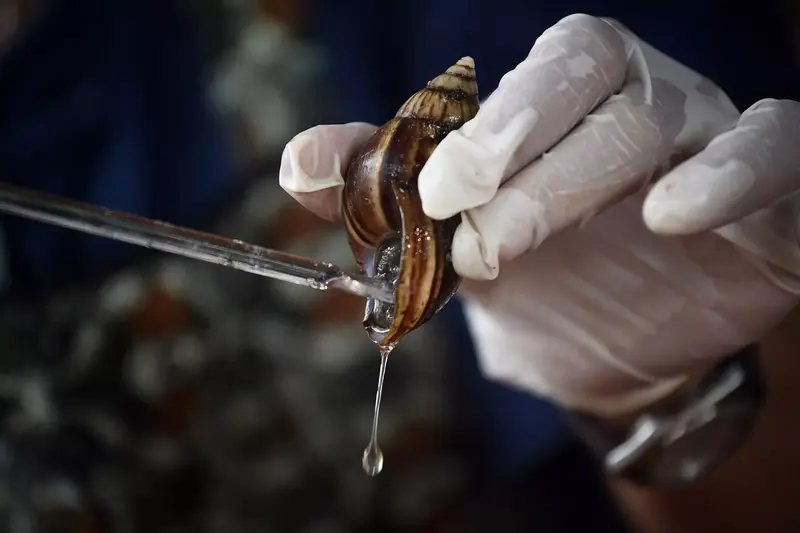Snail slime on your face? It might sound like a bizarre beauty trend, but snail mucin—also known as snail secretion filtrate—has become a star ingredient in modern skincare, especially in K-beauty. So, what is snail mucin, and why is everyone talking about it?
Let’s dive into the science, the skincare benefits, and how to safely use snail mucin in your routine.

Snail mucin is a thick, sticky substance naturally secreted by snails, mainly as a defense and mobility mechanism. In skincare, it's harvested—typically through cruelty-free, non-harmful methods—and refined into a potent ingredient known for its healing, hydrating, and rejuvenating properties.
Other names:
Snail secretion filtrate (INCI term in cosmetics)
Snail slime (less flattering, but commonly used!)
Snail mucin is a biological cocktail of skin-loving components, including:
Hyaluronic acid – deeply hydrates and plumps the skin
Glycolic acid – gently exfoliates and improves skin texture
Allantoin – soothes irritation and promotes healing
Peptides – support collagen production
Zinc and antioxidants – protect and repair damaged skin
This naturally occurring combination makes snail mucin a multi-tasking ingredient that supports a variety of skin concerns.
Wondering why skincare fans are obsessed with snail mucin? Here’s what it can do:
Thanks to hyaluronic acid and mucopolysaccharides, snail mucin draws moisture into the skin and helps retain it.
Its regenerative properties can reduce acne scars, sun damage, and minor wounds.
Peptides and antioxidants in snail mucin help reduce fine lines, increase firmness, and boost collagen.
Ideal for sensitive skin, snail mucin can soothe redness, inflammation, and environmental damage.
With glycolic acid, snail mucin gently exfoliates, making skin smoother and more radiant.
Yes, many dermatologists recognize the benefits of snail mucin, especially for its hydration, anti-inflammatory, and healing effects. While more large-scale studies are needed, small studies and anecdotal evidence show that it's a safe and effective ingredient for most skin types.
Using snail mucin is simple! It’s typically found in:
Essences
Serums
Moisturizers
Sheet masks
Cleanse your face.
Apply toner (optional).
Apply snail mucin product (usually essence or serum).
Seal in with moisturizer.
Use morning and/or night depending on the product.
Most snail mucin products are non-comedogenic and safe for daily use.
For most users, snail mucin is gentle and non-irritating. However, consider these tips:
Patch test before use, especially if you have allergies.
Look for fragrance-free formulas if you have sensitive skin.
Avoid using alongside strong exfoliants unless advised by a dermatologist.
Here are some highly rated, dermatologist-approved favorites:
Lightweight, fast-absorbing, 96% snail mucin content.
Multi-functional moisturizer with anti-aging benefits.
Combines snail mucin with ginseng for hydration and glow.
Q: Is snail mucin vegan?
A: No, since it’s derived from animals, it's not considered vegan. However, many brands use cruelty-free harvesting methods that don’t harm the snails.
Q: Is it suitable for acne-prone skin?
A: Yes! Snail mucin can reduce redness, heal scars, and prevent future breakouts.
Q: Can I use it with other actives like retinol or vitamin C?
A: Generally yes, but always introduce one product at a time and monitor your skin.
Snail mucin is more than just a trend—it’s a powerhouse ingredient backed by science and user success stories. Whether you're dealing with dryness, dullness, acne scars, or early signs of aging, this humble secretion might just be your skincare MVP.
So next time someone asks, “What is snail mucin?” — you’ll not only have the answer, you might just convert a few skeptics into believers.
animal tags: Snail-Mucin
We created this article in conjunction with AI technology, then made sure it was fact-checked and edited by a Animals Top editor.